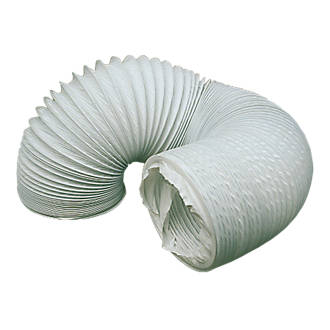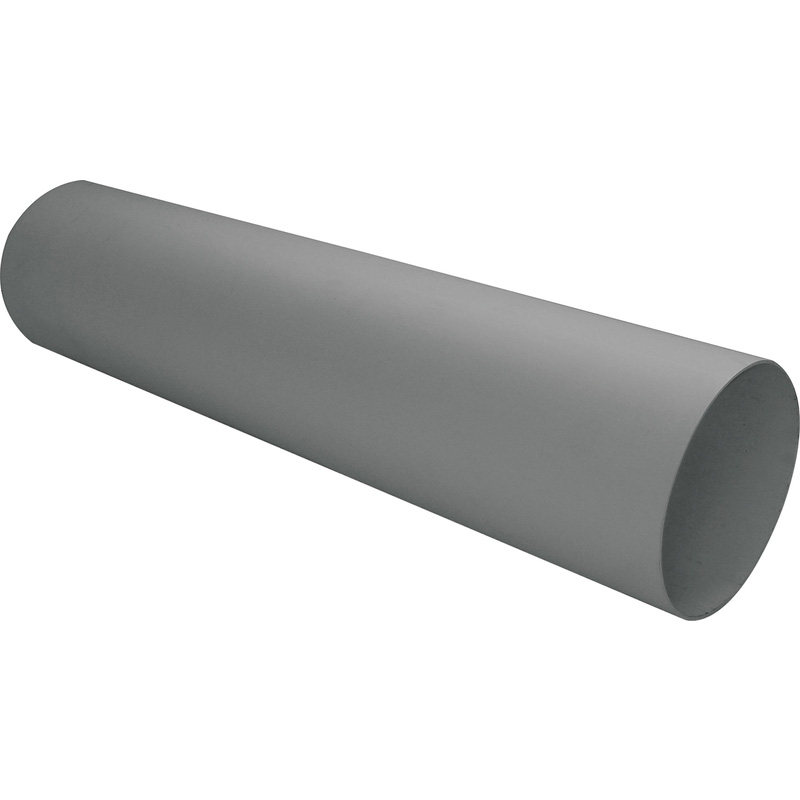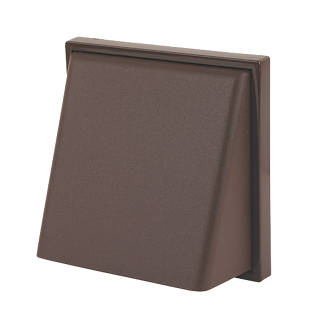Electrician is fitting an extractor fan to bathroom ceiling but as he doesn't know much about the actual exit hole for the extractor so I have asked a brickie to drill the hole at the gable end of the house, its a cavity wall so the hole will be quite deep
The electrician will install the extractor fan in the bathroom ceiling, above the bathroom ceiling is the loft where i presume he is going to run ducting to the point where the new hole is drilled to exit the gable end.
The brickie has asked me to double check materials.
The hole will be drilled approx the red dot in the pic:

Please check I am getting the correct materials for the brickie:
100mm wall outlet flap which will be fitted to the hole on the outside

4" extractor fan ducting

The only thing I am unsure of is once the hole is drilled, it will be going through a cavity wall so its quite a deep hole. The outlet flap only has a small plastic profile on the back that i think will get pushed into the hole and siliconed, but I dont think this will be big enough to go through the cavity wall and come out into the loft so the ducting can be connected to it.
Is there some sort of peice to be used to make the wall outlet actuall have something for the jubilee clip to connect to inside of the loft, how else does the ducting from inside of the loft stay in place to vent out of the hole?
Thanks
The electrician will install the extractor fan in the bathroom ceiling, above the bathroom ceiling is the loft where i presume he is going to run ducting to the point where the new hole is drilled to exit the gable end.
The brickie has asked me to double check materials.
The hole will be drilled approx the red dot in the pic:

Please check I am getting the correct materials for the brickie:
100mm wall outlet flap which will be fitted to the hole on the outside

4" extractor fan ducting

The only thing I am unsure of is once the hole is drilled, it will be going through a cavity wall so its quite a deep hole. The outlet flap only has a small plastic profile on the back that i think will get pushed into the hole and siliconed, but I dont think this will be big enough to go through the cavity wall and come out into the loft so the ducting can be connected to it.
Is there some sort of peice to be used to make the wall outlet actuall have something for the jubilee clip to connect to inside of the loft, how else does the ducting from inside of the loft stay in place to vent out of the hole?
Thanks




